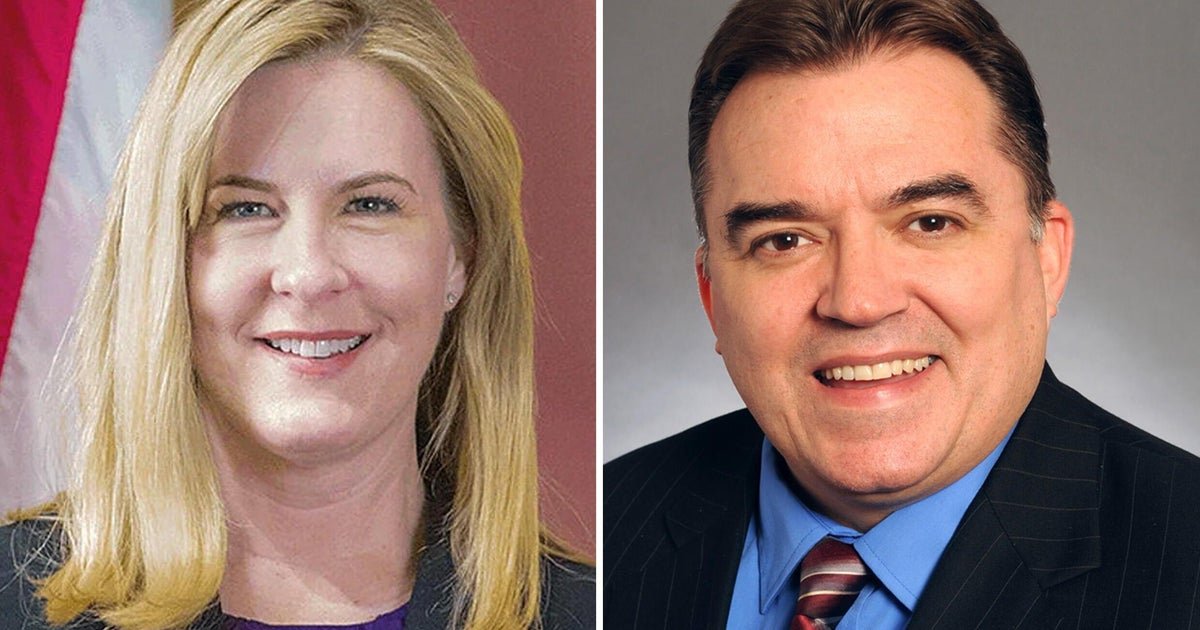The Oklahoma City Thunder reached the NBA Finals by producing one of the season’s statistical marvels. Their longest losing streak was just two games. And over an eight-month season, they lost consecutive games only two times.
For much of Friday night in Indianapolis, it appeared as though the Indiana Pacers were close to doing the unthinkable and hand the Thunder only their season’s third losing streak, and with it, take control of the Finals with a commanding 3-1 lead — a deficit that only one team in NBA history had overcome.
Instead, by beating Indiana at its own game and dominating the game late, Oklahoma City rebounded from a stunning loss only 48 hours earlier to win Game 4 of the Finals 111-104 to even the best-of-seven series at 2-2.
“That was just a great blood-and-guts win,” Thunder coach Mark Daigneault said postgame.
The same Indiana team that entered unmatched in “clutch” scenarios, with a 9-1 record in playoff games within five points in the final five minutes, was outscored by 14 points in the fourth quarter, and managed only five points over the final four minutes.
Indiana missed all eight of its 3-pointers, and shot just 27.8% overall, during the final quarter. Pascal Siakam scored a team-high 20 points, and Tyrese Haliburton added 18 points with seven assists but committed five turnovers.
Thunder star and NBA Most Valuable Player Shai Gilgeous-Alexander rebounded from a difficult start — his first game since 2020 without an assist — to score 35 points, including 15 of his team’s final 16 points during the final five minutes.
“He’s unreal,” Daigneault said.
Oklahoma City’s Jalen Williams added 27 points, and Chet Holmgren played through ankle and shin injuries to score 14 points with 15 rebounds.
The victory defied the trusty formula that leads to wins in the modern NBA. Indiana had been 17-4 at home this season when making more 3-pointers than their opponents. Oklahoma City made just three 3-pointers, its fewest all season by four, yet clawed its way back at the free-throw line, where it made nine more shots than Indiana.
“An inability to get key rebounds, an inability to get stops was part of it, and we got stagnant,” Pacers coach Rick Carlisle said.
Game 5 is Monday in Oklahoma City.
Before tipoff, Oklahoma City altered its starting lineup by reinserting center Isaiah Hartenstein in place of smaller guard Cason Wallace. The new lineup, with both Hartenstein and fellow big man Holmgren, was a return to the combination Oklahoma City had used during the playoffs’ first three rounds.
The change nearly became a moot point less than four minutes into the first quarter when Holmgren appeared to severely turn his left ankle. He stayed in the game but less than a minute later a substitution ended the double-big lineup after it couldn’t keep Indiana from building what would grow into a nine-point lead.
Meanwhile, Oklahoma City was unveiling another adjustment: limiting the workload of Gilgeous-Alexander. The star point guard typically plays all 12 minutes of the first quarter, but Oklahoma City altered its rotation pattern to get him a breather after just seven minutes. And during his seven minutes on the court, Gilgeous-Alexander conspicuously played off of the ball, rarely initiating the offense, in a gambit to keep him fresher later in the game.
By halftime, Oklahoma City had its reserves to thank for remarkably trailing by just three points despite making just one 3-pointer, its fewest in any half since February, and being outscored by 12 points when Gilgeous-Alexander was on the floor. After being the NBA’s best guard all season at driving into the paint and drawing fouls, Gilgeous-Alexander rarely had room to operate while being guarded by Andrew Nembhard, his Canadian national team teammate whose familiarity has led to an understanding of Gilgeous-Alexander’s game that is better than perhaps any opponent.
As his contributions remained contained, Thunder reserve Alex Caruso (20 points) compensated. It was Caruso’s second 20-point performance of the Finals off the bench, after zero such games during the regular season.
By the final minutes of the fourth quarter, neither Oklahoma City’s 3-point shooting nor Gilgeous-Alexander’s level of comfort had improved as the Pacers led for the first 22 minutes of the second half. Oklahoma City missed 14 of its first 16 3-pointers.
Both changed when Gilgeous-Alexander, finally guarded by someone other than Nembhard, took advantage by scoring seven quick points, including a 3-pointer, to help Oklahoma City take its first lead of the second half with two minutes remaining.
It never relinquished it the rest of the game.
“This was a big disappointment,” Carlisle said. “But there’s three games left.”
#Thunder #show #blood #guts #NBA #Finals #Pacers



